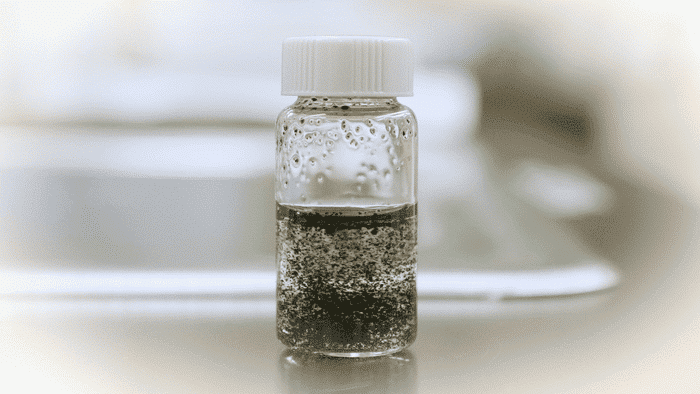
Tire Particle Pollution May Be Harming Freshwater and Estuary Ecosystems

Tiny particles that rub off of tires are likely harming freshwater and coastal estuary ecosystems, a pair of recent studies from Oregon State University (OSU) found.
The first study, published in Chemosphere last month, found that exposure to tire particles had harmful effects on organisms from coastal estuaries, while the second, published in the Journal of Hazardous Materials, found the same for freshwater organisms. Both studies grow out of concern with the number of tire particles in the environment.
“I feel in particular with tire particles that everyone is measuring how much is out there, but very few groups are measuring what impact they are having,” OSU assistant professor and ecotoxicologist Susanne Brander, who led the coastal study, said in a press release. “That’s really the gap we were trying to patch up here.”
Rubber tires are essential for modern transportation, as Salon pointed out, but they also shed. After a lifetime of rolling along the highway, running over gravel and jaring against potholes, the average tire will lose around 30 percent of its tread. This means that materials from tires – which include synthetic rubber, filling agents, oils and other additives – join the other synthetic particles currently polluting the environment. A 2017 study estimated that 1.5 million metric tons of tire particles enter the U.S. environment every year. Further, it calculated that tire particles account for five to 10 percent of ocean plastic pollution.
Tire pollution contributes to the problem of both microplastic and nanoplastic pollution. Microplastics are smaller than 5 millimeters, while nanoplastics are smaller than a micrometer.
“The focus on microplastics and now nanoplastics is still relatively new,” OSU professor Stacey Harper, who led the freshwater study, said in the press release. “We’re now at the point of making policy decisions that we don’t have the science for. That’s why we are scrambling to supply that science.”

To that end, the researchers exposed indicator species from estuary and freshwater ecosystems to tire microparticles and nanoparticles and their leachate, or chemicals that leach from tires as they break down.
For the estuary organisms, they used Inland Silverside (Menidia beryllina) and mysid shrimp (Americamysis bahia). They found that the tire particles altered the animals’ swimming behavior and limited their growth. Leachates also impacted their behavior but not their growth.
For the freshwater organisms, researchers studied embryonic Zebrafish (Danio rerio) and the crustacean Daphnia magna. They found that exposure to tire particles and leachate could have a deadly effect and cause developmental problems. The leachate was the most toxic to the organisms, but it was even more toxic when the organisms were exposed to both the leachate and the nanoparticles at the same time.
“Even at current environmental levels of tire-related pollution, which are expected to continue to increase, aquatic ecosystems may be experiencing negative impacts,” the authors of the estuary study concluded.
The study authors also offered suggestions for how to protect freshwater and estuary ecosystems from tire pollution, according to the press release. These included:
- Installing rain gardens on the roadside to catch tire particles before they enter the environment.
- Installing devices on cars that catch particles.
- Designing tires that last longer.
- Building more public transit infrastructure so that there are fewer cars on the road to begin with.

 233k
233k  41k
41k  Subscribe
Subscribe 